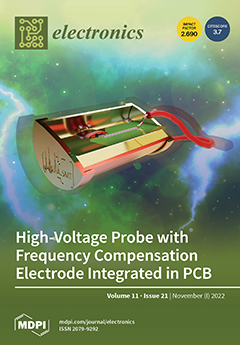Open AccessArticle
The FMI 3.0 Standard Interface for Clocked and Scheduled Simulations
by
Simon Thrane Hansen, Cláudio Ângelo Gonçalves Gomes, Masoud Najafi, Torsten Sommer, Matthias Blesken, Irina Zacharias, Oliver Kotte, Pierre R. Mai, Klaus Schuch, Karl Wernersson, Christian Bertsch, Torsten Blochwitz and Andreas Junghanns
Cited by 3 | Viewed by 1902
Abstract
This paper presents an overview and formalization of the Functional Mock-up Interface (FMI) 3.0. The formalization captures the new FMI 3.0 standard and is intended to be used as an introduction for conceptualizing the use of clocks in the FMI standard to support
[...] Read more.
This paper presents an overview and formalization of the Functional Mock-up Interface (FMI) 3.0. The formalization captures the new FMI 3.0 standard and is intended to be used as an introduction for conceptualizing the use of clocks in the FMI standard to support the simulation of event-based cyber-physical systems. The FMI 3.0 standard supports two kinds of clock-based simulations: Synchronous Clocked Simulation to ensure predictable systems scheduling with multiple simultaneous events and scheduled execution to facilitate real-time simulations comprising multiple black-box models by allowing fine-grained control over the computation time of submodels. The formalization is a basis for developing tools for orchestrating, verifying and validating the composition of multiple FMUs. The formalization is provided as an accessible VDM-SL specification.
Full article
►▼
Show Figures





